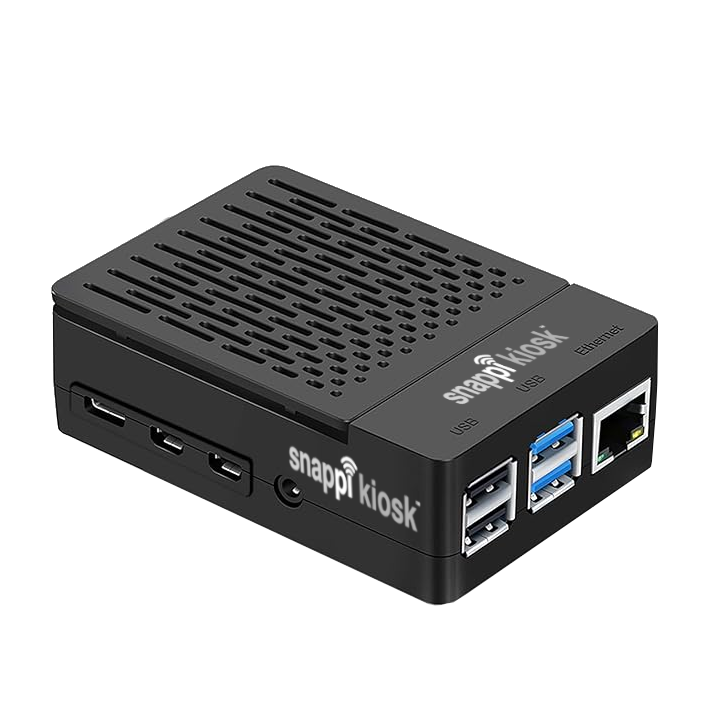Instruction Details
- Temperature:
- 385°F / 196.11°C
- Time:
- 45 seconds
- Pressure:
- Medium
- Prepress:
- 5-10 seconds
- Substrate:
- 6975K, 6975V, 6975B, 6975W, CAP091, CAP092, CAP093, CAP094, CAP095, CAP096, CAP097, CAP099, CAP100 (Part numbers may vary by distributor)
Additional Items Needed
- Heat Tape
- Pro Spray
Heat Press Method Instructions
Imaging Area: ½” In From All Sides Of The Drop-On Cap Form – Use Standard Cap form for all DyeTrans and Vapor caps.
You may need extra caps for press calibration
1. Essential Calibration~ Bring the press up to 385° F. Place the cap onto press. Strap the back of cap behind the pedestal onto the strap tensioner. The tension will be automatically adjusted by the hold-down spring. Adjust the strap tensioner (up and down) accordingly to secure the cap strap in place as firmly as possible. Use the cap’s Velcro tab to secure if needed.
2. Cover the cap with protective paper. Lower and secure the press head in place over the imaging area of the cap. Be sure the bill of the cap is positioned such that it stays out of contact with the press head as it is lowered.
3. Adjust the pressure as necessary to "lock-down" the cap. Then, turn the pressure knob such that it raises the press head until the cap is no longer firmly in place. Pulling the bill of the cap side-to-side while raising the press head best does this procedure. Then, one more time, tighten the pressure with 2 full revolutions of the pressure knob. Open the press and close it again. Press the cap for 20 seconds.
4. Open the press and inspect the protective paper and the cap for creases. Should creasing appear in either substrate, then the cap form may be too large or the pressure too heavy (or both). To remedy, change just one thing at a time (pressure or drop-on cap form) until the creasing is eliminated. The easiest way to go is to always use the smallest drop-on form suitable for the cap. Should the cap crease while using a smaller bottom rubber platen, the pressure is too high. If after preheating the cap you see brownish or translucent spots (or any spots non-red or blue) it is likely the front panel of the cap is being supported by a glue layer sandwiched between the polyester plies. This type of construction will not lend the cap to sublimation and the product should not be used to do so.
5) Calibration Test the imaging area of the cap by imprinting a colored square, preferably black, over the entire area of the front of the cap. This will show the boundaries for imaging and also will let you know if your time/temp/pressure is correct. Black is a good color to use, as it is the color that takes the longest to migrate off your particular sublimation paper into your particular substrate. An interesting sidebar: Study the expired black transfer. It will outline an imaging template for you.
6. After Calibration is set, begin with your first cap: Put the cap on the bottom table with the bill facing out.
7. Fold out the sweat guard. If this is not or cannot be done then the cap will exhibit a corresponding ghost line in the image.
8. Draw the front of the cap down against the bottom black rubber table.
9. Sticky lint roll the front of the cap.
10. Cover the cap with protective paper and prepress for 20 seconds.
11. Open the press; discard the protective paper and lint roll the cap while it is on the press. Should a polyester cap exhibit creasing, this cannot be reversed. To cure this problem in subsequent caps, see the calibration instructions as provided in the preamble of these instructions. Just a reminder that using a piece of cut foam exactly the size of the platen when doing caps alleviates the press marks line problem entirely, so long as the paper is larger than the size of the platen and sticks out from all four sides.
12. Use Adhesive Spray or heat tape to secure the image face down onto the face up cap.
13. Press
~ Many caps require different sized bottom forms than the provided Standard form. For good measure everyone should have the Euro and Youth attachments. These items are cheap and will prevent trouble down the road.
~ The imaging area on different caps and visors can vary. Hopefully, this will not be the issue with the same caps and visors, but these products are stitched textiles (after all) and some variation in the continuity of the imaging area can randomly occur.
~ The best way to attack the problem is to always have the 3 available drop-on cap forms for George Knight DK7 or DC16 presses. These are:
-Youth (3" x 5")
-Euro (3.5" x 6.5")
-Standard (4" x 7")
~ Try to use the smallest possible cap form that will do the job -- the smaller the cap form, the more reliable the transfer.
~ If there is creasing in the cap, the pressure is probably too high or the cap form is too large or both. A transfer trimmed larger than the imaging area also can contribute to this problem.
~ Should polyester caps show any discoloration, such as red or blue spots, lint-rolling needs to be more deliberate and the pre-heat time needs to be increased to 40 seconds. Yellowing indicates either a lack of protective paper or too much heat.
~ Note that the cap’s imaging panel cap is convex shaped. This means images that span left-to-right across the imaging area will appear distorted if the transfer is perfectly rectangular. For these full wrap images you will have to design the transfer to conform to this shape.



